|
Sacred Rivers in Bharat & Shiva Purana
Rivers are vital for economic growth and development. Rivers provide water for irrigation, domestic supply, power generation and industry as well as a range of other ecosystem services and intrinsic and biodiversity values. Now, rivers in India are gradually becoming important for transportation as waterways are cheaper than other modes. The ancient civilizations in India, China, Egypt and Mesopotamia have flourished due to large rivers. Harrapan & Mohenjo-Daro civilizations flourished on the banks of Sindhi river. Sacredness of Saptanadi: In Hinduism, rivers are sacred. The most significant rivers are the Saptanadi: the Ganges, Yamuna, Sindhu, Narmada, Godavari, Krishna, and Kaveri which are originated from Gangotri glacier Uttarakhand, Yamunotri glacier Uttarakhand, western Tibet, Amarkantak MP, Nashik Maharashtra, Satara district Maharashtra and Kodagi Karnataka respectively. Most rivers in Bharat are represented as female deities. A galaxy of saints & seers either meditated or built great institutions of spiritual research and teachings on their embankments. On the banks of these rivers, several sacred cities have flourished. Great cities like Haridwar, Rishikesh, Prayagraj and Varanasi were built on the banks of Ganges; Mathura & Prayagraj on the banks of Yamuna; Amarkantak, Omkareshwar & Maheshwar on the banks of Narmada, Nashik & Rajmundry on the banks of Godavari, Srisailam on the banks of Krishna and Tiruchirappalli on the banks of Kaveri. The Vedas and Puranas mention Ganges as most sacred river. Ganga is perceived as mokshdayini and associated with Shiva. Yamuna is blue like Krishna. Like him, she represents romance (Shringar). The legendary Saraswati, white and elegant like a swan, is now extinct and is called the river of knowledge (Vidya), being associated with Brahma, the creator of the universe. The dark and elusive Narmada is often referred to as the virgin river associated with the quality of detachment and surrender (Vairagya). The Godavari is the saffron river of devotion (Bhakti), sanctified by the presence of Ram, Sita and Lakshman, who spent much of their exile years from Ayodhya in the forests along the river. Kaveri, the silvery river of wisdom (Gyan). The Krishna River represents courage and valour (Shourya). Holiness of Rivers as per Shiva Purana: In Chapter 12, shlokas 5-43, Vidhyeshwara Samhita (first Samhita) of Shiva Purana, the importance of holiness of Indian rivers has been highlighted as under:
0 Comments
Leave a Reply. |
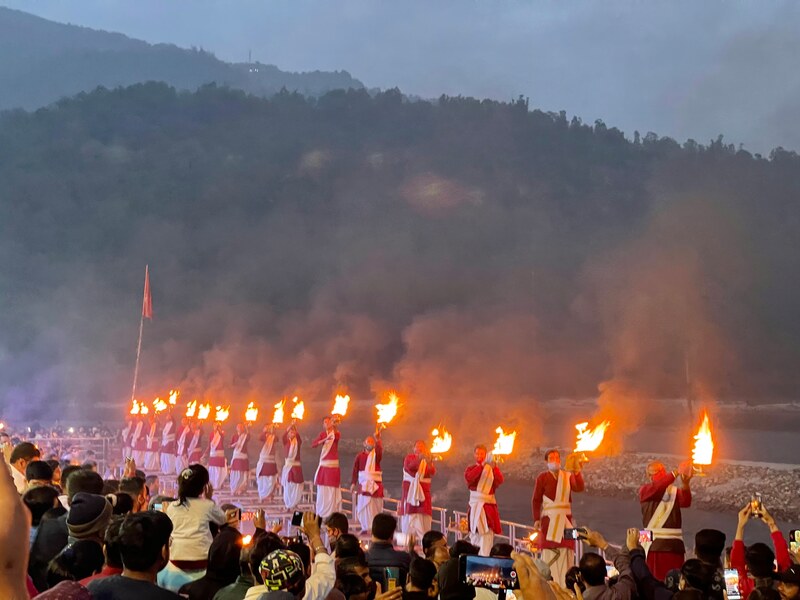
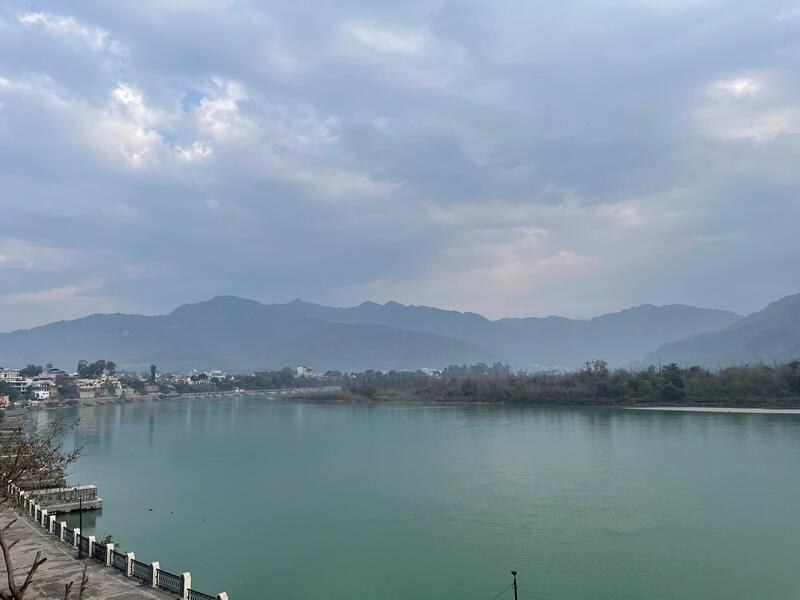
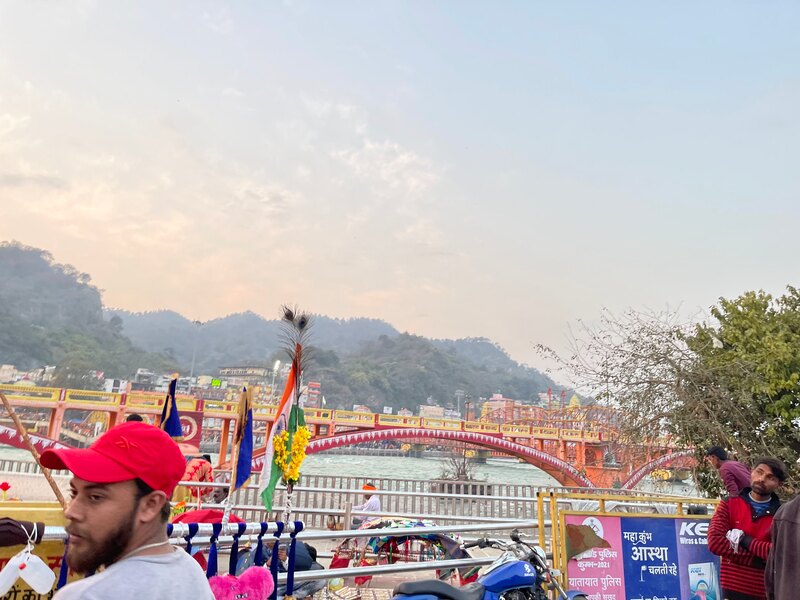
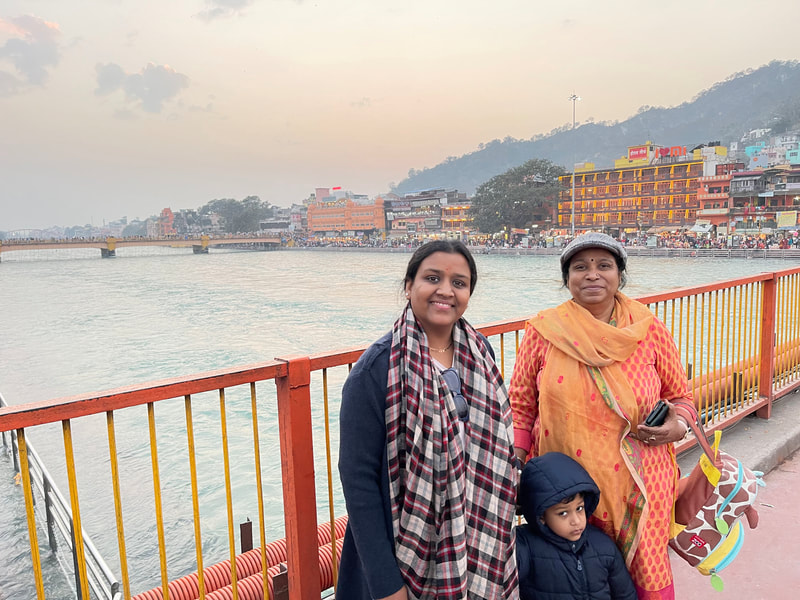
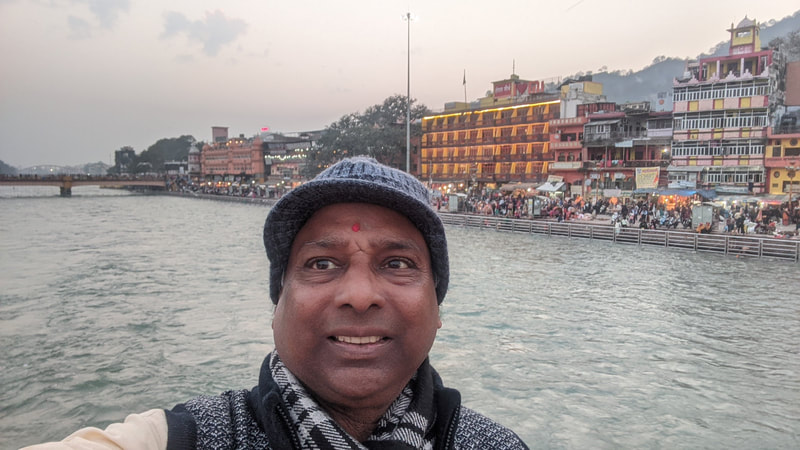
 RSS Feed
RSS Feed